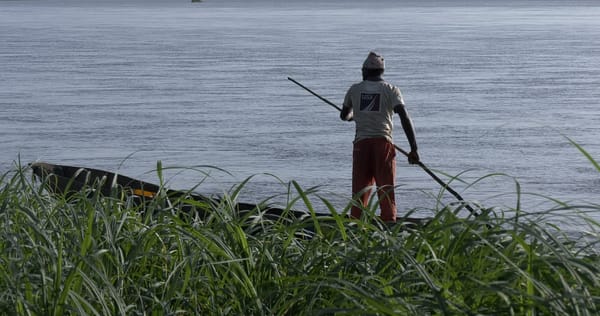River Patrols
Rivers are a double-edged sword in wildlife protection. While they sustain life, they also provide covert access to poachers. Small boats, often with quiet engines, are used to navigate these routes under the radar. River anti-poaching patrols, particularly in areas like the Zambezi River, respond to this threat with waterborne units trained to detect and intercept intrusions.
River Patrol Operations Across Africa
Across Africa, rivers like the Zambezi are increasingly exploited by poachers as covert transport routes for ivory, bushmeat, and illegal fishing operations. The vast reach and relative isolation of these waterways make them ideal for smuggling. In response, African ranger teams, including those operating on the Zambezi River, conduct anti-poaching patrols using shallow-draft boats designed to navigate reeds and tight channels.
These waterborne patrols often take place at night. Rangers may drift silently with engines off, listening for the quiet splash of oars or hushed voices in the dark. This form of patrolling relies heavily on local knowledge, environmental awareness, and split-second decision-making. We, at Patrol, have accompanied several of these African river units to document how they use stealth, coordination, and extensive field training to intercept poachers and dismantle trafficking routes along some of the continent’s most endangered waterways.
Tools and Tactics of River Anti-Poaching Patrols
- Thermal Imaging Scopes: Detect body heat from poachers hiding onshore or in boats.
- Reed Navigation Boats: Shallow-draft aluminium boats built for speed and maneuverability in tight terrain.
- Local Intelligence: Communities and boatmen provide insights into new smuggling routes or suspicious movements.
- Rapid Transport: Boats move rangers quickly across large floodplains or river bends, allowing for broader coverage than foot patrols.
When it comes to how river patrols stop poachers, it's not just about surveillance tactics, it’s interception. Rangers respond in real time, often pulling boats alongside suspects, boarding them, and inspecting for contraband.
Are Drones Enough?
Can drones replace river patrols? Not entirely. Drones are excellent for spotting movement from the air, but they cannot make arrests, retrieve evidence, or establish a physical presence that deters future incursions. Water patrols are essential boots-on-the-ground or rather, hulls-on-the-water operations.
What Makes River Patrols Effective?
Consistency mixed with unpredictability is key to river patrol success. Units that operate on irregular schedules, particularly at night or after heavy rain, often catch poachers off guard. This unpredictability helps prevent repeat intrusions. We, at Patrol, have gathered field reports from rangers who adapt to shifting river levels, changing weather, and evolving trafficking routes to make each patrol count.
Want more insights into the hidden world of river patrols? Sign up at Patrol, to receive field notes, ranger interviews, and real-time reports from Africa’s aquatic anti-poaching front lines, all through our newsletter.
FAQs
1. Where are river patrols most needed?
In regions where protected areas are adjacent to river systems, like the Zambezi, Luangwa, and Congo rivers, patrols are crucial.
2. How do river patrols detect illegal activity at night?
Thermal scopes, moonlight drifts, and acoustic cues are commonly used to spot or hear approaching boats.
3. Do poachers carry weapons?
Yes, many poachers are armed, making river intercepts high-risk. Rangers undergo special training to handle these scenarios.
4. Are river patrols successful?
Yes, many seizures of ivory, illegal nets, and bushmeat happen thanks to river patrols. Success increases when paired with community intelligence.

